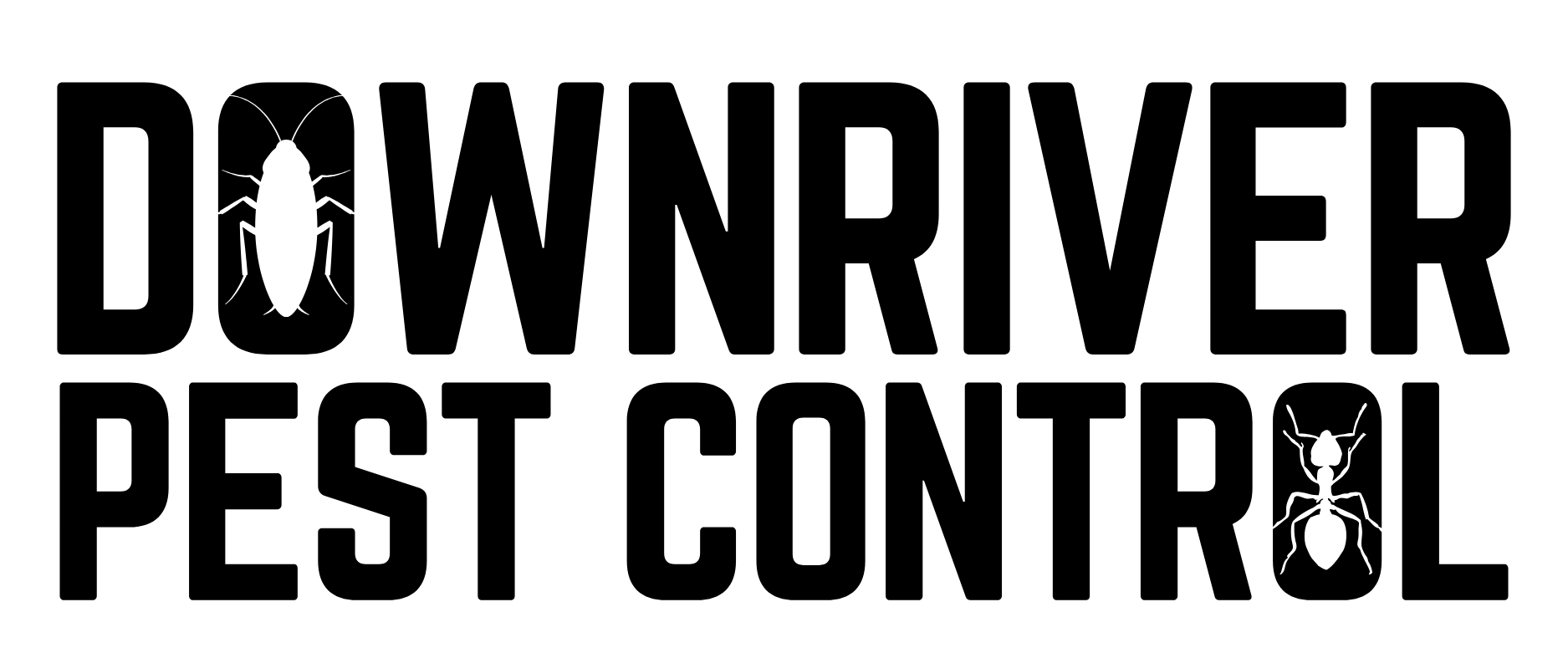Facts On Bats
Bat Facts
- Species Diversity: Michigan is home to nine species of bats, including the little brown bat, big brown bat, eastern pipistrelle, and hoary bat, among others.
- Ecological Importance: Bats play a crucial role in Michigan's ecosystem by consuming vast numbers of insects each night, helping to control pests that can damage crops and forests.
- Habitat: Bats in Michigan are typically found in diverse habitats such as forests, wetlands, and urban areas. They roost in caves, trees, buildings, and bat houses.
- Migration: Some bat species in Michigan undertake seasonal migrations, traveling to warmer areas for winter hibernation and returning in spring.
- Hibernation: During winter, bats in Michigan hibernate in caves, mines, or other protected sites, where they can survive on stored fat reserves.
- Threats: Bats in Michigan face significant threats, including habitat loss, pesticide use affecting insect populations, and a fungal disease called white-nose syndrome, which has devastated bat populations across North America.
- Endangered Species: The northern long-eared bat, once common in Michigan, has been severely impacted by white-nose syndrome and is now listed as a threatened species under the Endangered Species Act.
- Reproduction: Bats typically give birth to one or two pups each year, usually in early summer. Maternity colonies form in warm, secluded roosts.
- Echolocation: Bats use echolocation, emitting high-frequency sounds and listening to the echoes to navigate and locate prey in the dark.
- Conservation Efforts: Several organizations in Michigan are dedicated to bat conservation, focusing on habitat preservation, disease monitoring, and public education to raise awareness about the importance of bats and the threats they face.
How To Prevent Bats From Entering Your Property
- Seal Entry Points: Inspect your home for any gaps, cracks, or openings where bats could enter. Seal these entry points using caulk, foam, or other appropriate materials.
- Install Bat Exclusion Devices: Use one-way exclusion devices like bat cones or netting over potential entry points. These allow bats to leave but prevent them from re-entering.
- Close Windows and Doors at Dusk: Bats are most active during twilight hours. Keep windows and doors closed during these times to prevent bats from accidentally flying inside.
- Use Screens and Mesh: Install fine mesh screens on attic vents, chimneys, and other openings to prevent bats from accessing these areas.
- Keep Trees Trimmed: Trim back tree branches near your home to prevent bats from gaining access to your roof or attic.
- Use Bat Houses: Provide alternative roosting options by installing bat houses away from your home. This encourages bats to roost in a designated area rather than inside your house.
- Turn on Lights: Keep outdoor lights on near potential entry points. Bats are often deterred by light, especially if it's bright and continuous.
- Remove Attractants: Reduce sources of attraction for bats such as standing water (which attracts insects), fruit trees, or bird feeders close to your home.
- Inspect Regularly: Periodically inspect your home for signs of bat activity, such as droppings or squeaking noises. Early detection can help prevent a larger infestation.
- Consult Professionals: If you suspect a bat infestation or are unsure how bats are entering your home, contact a wildlife removal specialist or pest control professional. They can provide expert advice and assistance in safely excluding bats from your property.

